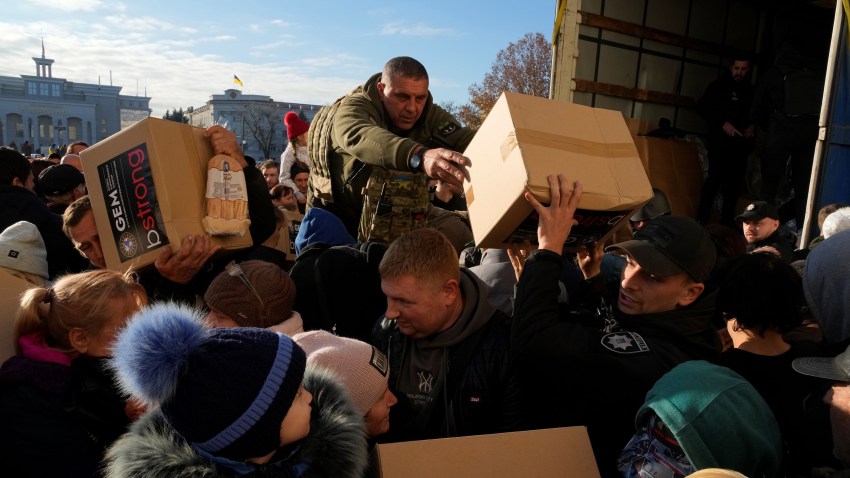As 2022 drew to a close, the International Rescue Committee released its 2023 Emergency Watchlist Report, documenting and projecting where the most severe humanitarian crises are likely to be found in the coming year. Topping the list are Somalia, where civilians are suffering from the triple shock of ongoing conflict, climate stressors and the economic fallout of food price inflation and the COVID-19 pandemic; Ethiopia, where an internationalized civil war was recently brought to an end after two years, but not before it resulted in an estimated 600,000 deaths and millions more displaced; and Afghanistan, where a combination of economic sanctions, frozen foreign reserves, drought and government repression have plunged the country into near-famine conditions. Other crisis spots that follow closely on the list are Yemen, Democratic Republic of Congo, Burkina Faso, South Sudan and Syria.
Notably—and perhaps surprisingly to some, given the media attention it receives—Ukraine is only No. 10 on the list. According to the Watchlist website, this is because Ukraine already receives a disproportionate share of available humanitarian funding, which has “helped to mitigate the impact of the war, at least somewhat, relative to other watchlist countries.” Indeed, Ukraine’s humanitarian appeals have been largely met, and refugees from that war have received sanctuary and support in European countries and increasingly the United States, in numbers and with an ease that contrasts starkly to that offered to Afghans, for example. As IRC director David Miliband stated in an interview with Marc Leon Goldberg on the Global Dispatches podcast, it’s not that Ukraine is getting more than it deserves, but rather “that other countries should be as well protected, as well supported.”
This raises an interesting question: What drives the disproportionate amount of aid going to Ukraine compared to these other crises? One answer often given by commentators is that the discrepancy is due to racial bias: Ukraine is a European country, and many Ukrainians are white and look like other Europeans, unlike people from the countries on the IRC’s list and other parts of the world. Indeed, non-Ukrainians—including international students from Africa and refugees from the Middle East and Africa who were in Ukraine at the war’s onset—were reported to have faced additional barriers to entry in Poland and other Eastern European countries last year. Remarks by officials and journalists at the time, such as CBS news anchor Charlie D’Agata describing Ukraine as “relatively civilized, relatively European” compared to Iraq and Afghanistan, reinforced that perception of racism. As scholars Reluca Bejan and Rene Bogovic discuss, however, the situation was more complex. For example, African students and refugees seeking to flee Ukraine were subject to different visa regimes in the Eastern European countries they tried to enter.

